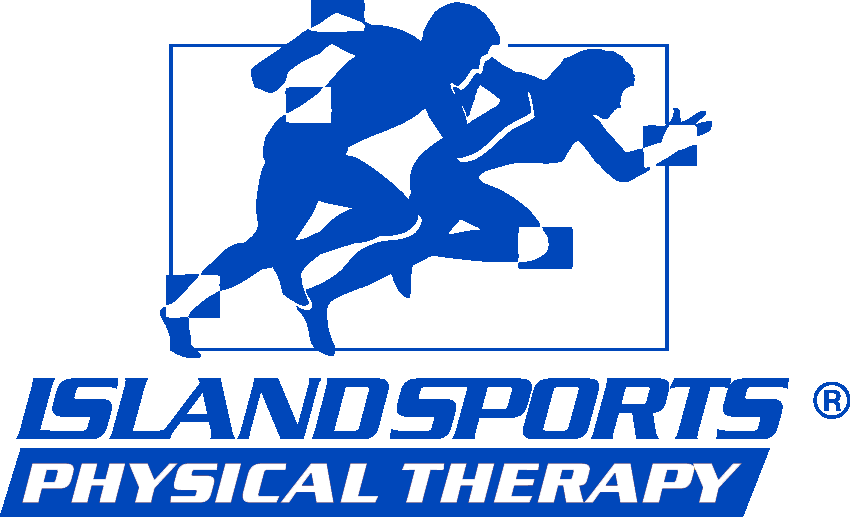Tips for Staying Active This Holiday Season
The holidays may be hectic but it is no excuse to neglect your fitness routine! Although alterations may have to be made to coordinate with holiday plans, sticking to a routine will be beneficial to both your waistline and your mental health.
Whether you are a morning person or not, getting up early to workout during this time of year will ensure you do not miss a day. People who wait to work out towards the end of the day tend to find excuses for skipping the gym. Morning exercise can be beneficial it has less of a chance of interfering with any activities you may have planned.
Depending on your workout, increased physical activity at the start of the day will spike up your metabolism and help combat any extra calories. A partner or friend can help you stay accountable and you will be less likely to blow it off if you know you are supposed to be meeting someone to workout together.
Encourage your family to take a walk around the block after finishing a big holiday meal. This will make you feel less sluggish and will keep you in a healthy mindset before dessert! Also, when holiday shopping, think of it as additional cardio! Don’t fight for a close parking spot, take the stairs instead of the escalator or elevator, and walk around the mall to see all of the sales before entering your first store.
Staying active doesn’t necessarily need to take up much of your time during the holidays. Whether you don’t currently have a fitness routine or you have to reduce your fitness routine due to time constraints, fitting in small workouts such as extra walking will help you stay grounded as well as burn some extra calories this holiday season!
Shoulder Pain and Physical Therapy
Shoulder pain can be a very difficult condition to deal with for many reasons. It’s not only very frustrating due to the discomfort it causes throughout the day and while sleeping, but also because of how debilitating it can be. Depending on your lifestyle and severity of the pain, it can prevent you from carrying out basic tasks that you need to accomplish on a daily basis. It is important to educate yourself on what can be causing this pain and what your options are to treat the problem.
The shoulder is a complex joint that is made up of three different bones: the ligaments that hold them together and a mix of muscles and tendons that keep it all together and in place. The three bones are the humerus (arm bone), the scapula (shoulder blade), and the clavicle (collar bone). The tissues that keep your arm bone securely in your shoulder socket make up your rotator cuff. Damage to these bones muscles, tendons, or ligaments that make up this intricate joint can cause discomfort or even serious injury.
There are many ways to cause stress to your shoulder, but the most common physical activities that can cause strain are ones that require you to continually reach your arms over your head such as swimming, throwing, and lifting. Reaching overhead can sometimes damage the shoulder’s tendons and can be quite painful. Another way you could be causing pain in your shoulder is by sitting and/or standing with poor posture. If you have less than perfect shoulder posture, the joint could be put into a position where it could become pinched. A final origin of shoulder pain that we must look out for as we age is arthritis, which can cause pain and loss of motion in the shoulder.
No matter what the cause of your shoulder pain, physical therapy can help! Through hands-on treatment, physical therapy can help loosen any tightness you have in the muscles surrounding the joint and help you stretch in ways that can help bring back any loss in the range of motion. Combined with numerous strengthening exercises, electric stimulation, and hot/cold therapy, you can help strengthen the joint which will not only help relieve pain but also support the long term health of your shoulder. Feel free to contact us at Island Sports Physical Therapy if you have any troubling discomfort in your shoulder!
Proper Stretching Techniques
Stretching before and after a workout is critical to injury prevention and muscle growth but the wrong or incorrect type of stretching can have an opposite effect.
Dynamic and static stretching are the two major types and are both integral to muscle health and an active lifestyle. It is recommended to perform 5-10 minutes of dynamic stretching prior to a vigorous physical activity such as a workout or a chore such as raking leaves, shoveling snow, or gardening.
Dynamic stretching helps warm up the muscles and prepare them for the upcoming tasks. Your dynamic stretching can encompass all the major muscle groups or can focus on specific muscle groups you plan on using the most. If you plan on shoveling snow, for example, it is better to focus on upper body stretches. Some examples of dynamic stretches include lunges, side bends, arm circles, and half squats.
Static stretching was once thought to be better prior to activity, but modern research has shown it is better to do after an activity is completed. Static stretching is the stretching of muscle groups at rest. Slow stretches, such as toe reaches, head bends, and quadricep stretches, may feel great and loosen up your muscles, but they actually achieve the opposite and cool the muscles down. Static stretching prior to a workout or other physical activity can lead to injury, although static stretching does have its benefits with regards to muscle repair post-workout.
Incorporating dynamic and static stretching into your routine is essential for muscular and joint health. The key to optimal results, however, is to know the key differences as well as when to incorporate each type. If you have any questions on how to properly stretch, the physical therapists at Island Sports Physical Therapy are here to help.

Lower Back Pain and How ISPT Can Help
Suffering from severe aching or pain in the lower back region? About 31 million Americans are struggling with these exact symptoms. Back-related problems, for example, can occur due to the type of mattress you sleep on or the daily activities you do. Although there is not one main reason lower back pain occurs, the symptoms are usually the same from patient to patient, making diagnosis difficult to determine.
If you are having problems with your lower back it is recommended you visit a physical therapist. A specialist will ask a few evaluation questions and will come up with a plan on how to treat your pain. You should make sure to provide information such as previous health issues, symptoms, and activity history in order to help speed up the process and reach your health goals.
Causes of acute lower back pain usually deal with the strain on muscles and ligaments in the surrounding area. Sudden movements can cause muscles or ligaments to stretch or develop tears. In cases where chronic lower back pain persists most reasons are due to disk tear, spondylolisthesis (daily wear and tear that comes with age and causes the spinal disks to form on top of one another leading to spinal nerves to be crushed), vertebral fractures caused by osteoporosis and scoliosis.
Acute lower back pain is usually caused by strains on the muscles and ligaments in the surrounding area. Sudden movements can cause muscles or ligaments to stretch or develop tears. The most common causes of chronic lower back pain are because of a disk tear, spondylolisthesis (daily wear and tear that comes with age and causes the spinal disks to form on top of one another leading to spinal nerves to be crushed), vertebral fractures caused by osteoporosis, and scoliosis.
Symptoms and treatment of lower back problems depend on the severity of the pain. The most common symptoms are difficulty moving, pain that tends to be achy or dull, muscle spasms, and local soreness upon touch. Resting is recommended for a few days as this allows injured tissue or nerve roots time to heal. Although some rest is beneficial, too much rest can cause muscles to weaken and causing them to struggle in supporting the spine.
The use of heat and ice therapy is another common treatment practice. These polar opposites sensations help reduce pain by eliminating inflammation around the muscle tissue. A physical therapist will be able to decide which approach is best for you. Although some patients have seen success in decreasing lower back pain and reducing muscle spasms through the use of medication, it is not a cure-all solution as the medication wears off and the pain still remains.
If back pain continues for more than two to six weeks, or if pain reoccurs in a frequent manner. it is advised to make an appointment with a physical therapist. The goal of a physical therapist is to decrease pain and prevent the injury from worsening. A physical therapy program for back pain likely includes passive physical therapy to help reduce pain to a more tolerable level. Physical therapy programs also provide active exercises as this allows proper blood flow and helps keep the spine healthy by distributing nutrients into disk space and soft spinal tissues. If you are suffering from lower back pain, please feel free to give us a call at Island Sports Physical Therapy today!
- « Previous
- 1
- …
- 18
- 19
- 20
